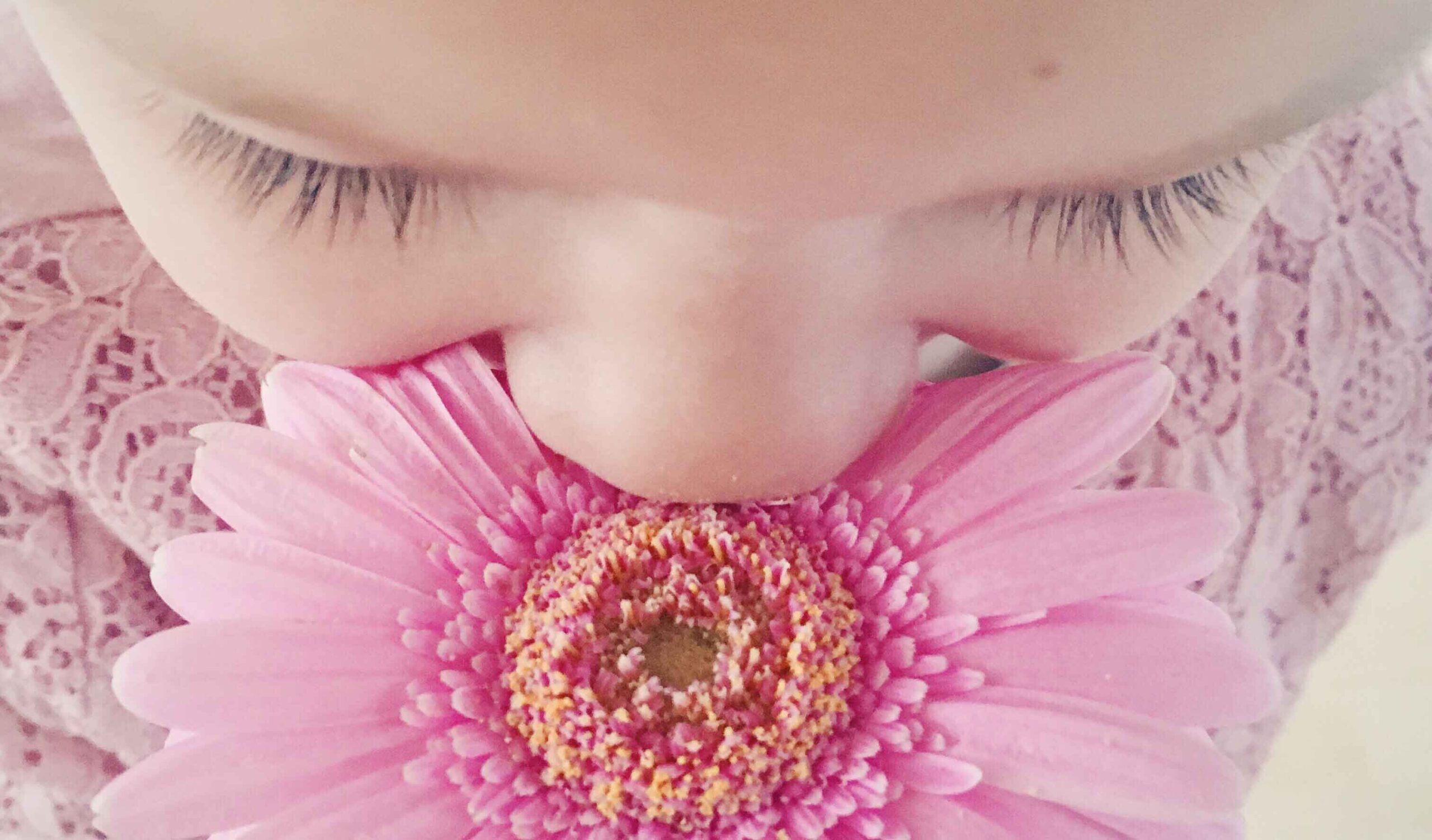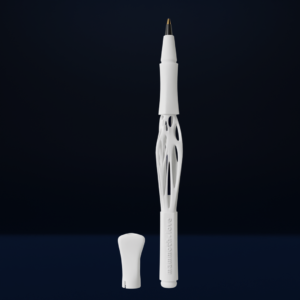In the search for meaning …
With the emergence of digital technologies and increased access to information, there is now greater pressure to create innovative, captivating experiences that truly stand out. To achieve this successfully, it is crucial to approach the design process with a profound understanding of what truly makes an experience meaningful and impactful.
Experiential design extends beyond aesthetics; it involves forging an emotional connection between the user and the product or service. When executed proficiently, it has the power to transform ordinary experiences into extraordinary, memorable ones.
Empathetic and unbiased ethnographic research plays a pivotal role in experiential design. It allows us to comprehend the needs and desires of our audience, as well as their deeply embedded symbolic systems. By investing time in understanding our users, we can tailor designs to their specific needs and preferences. This not only increases their likelihood of engaging with our designs, products, or services but also enables us to continuously improve and evolve based on valuable feedback.

Experiential design is an essential component in creating innovative experiences. By understanding how the brain functions and what elicits certain reactions, we can develop designs that are more effective and memorable.
” We do not see things as they are… We see things and we are! “
Ultimately, what truly matters is whether our designs can deliver on their promise of innovation and engagement. By remaining true to our vision and maintaining a deep level of focus and dedication, we can create experiences that are genuinely meaningful and impactful. This is what sets us apart and helps us achieve our goal of revolutionizing our experiential memories.
In conclusion, there exists a growing body of research exploring the intersection of creative design and neuroscience. This research aids our understanding of how the brain processes information and how we can utilize this knowledge to craft more meaningful experiences.
Key findings from this research include:
- The significance of visual stimuli in triggering specific reactions in the brain.
- The role of emotion in memory and recall.
- The importance of narrative in establishing a connection with the audience.
By incorporating these insights into our design process, we can create experiences that are more engaging and impactful. Whether we are designing for consumers or businesses, a meaningful design is indispensable for the success of any experience.

Sources
-
Understanding Visual Cues in Visualizations
Ha-Kyung Kong University of Illinois at Urbana-Champaign, et al. “Understanding Visual Cues in Visualizations Accompanied by Audio Narrations: Proceedings of the 2019 CHI Conference on Human Factors in Computing Systems.” ACM Conferences, 1 May 2019, https://dl.acm.org/doi/abs/10.1145/3290605.3300280.
-
Which visual cues work best to drive attention?
Labay, B. B., & Ben Labay Ben is the Managing Director at Speero. He has a background as a research scientist specializing in statistics and data science. Ben combines years of academic and statistics training with customer experience and UX knowledge to h. (2018, July 6). Which visual cues work best to drive attention? [original research]. CXL.
https://cxl.com/research-study/visual-cue-study/ -
The impact of visual cues, reward, and motor feedback
Pakan, J. M. P., Currie, S. P., Fischer, L., & Rochefort, N. L. (2018, September 4). The impact of visual cues, reward, and motor feedback on the representation of behaviorally relevant spatial locations in primary visual cortex. Cell reports. Retrieved May 5, 2022, from https://www.ncbi.nlm.nih.gov/pmc/articles/PMC6137817/
-
Impacts of Cues on Learning and Attention
Liu, Rui, et al. “Impacts of Cues on Learning and Attention in Immersive 360-Degree Video: An Eye-Tracking Study.” Frontiers, Frontiers, 1 Jan. 1AD, https://www.frontiersin.org/articles/10.3389/fpsyg.2021.792069/full.









Leave a Reply
You must be logged in to post a comment.